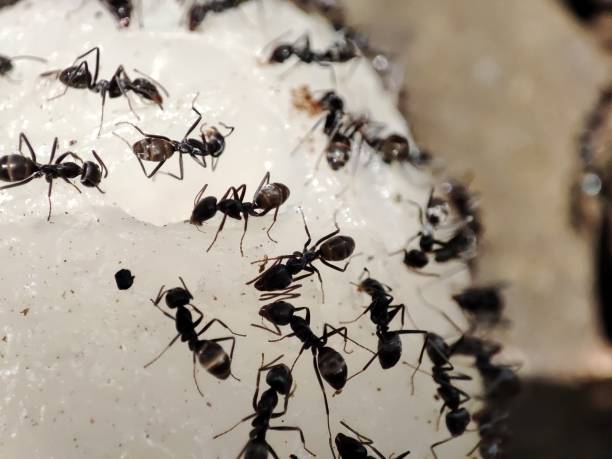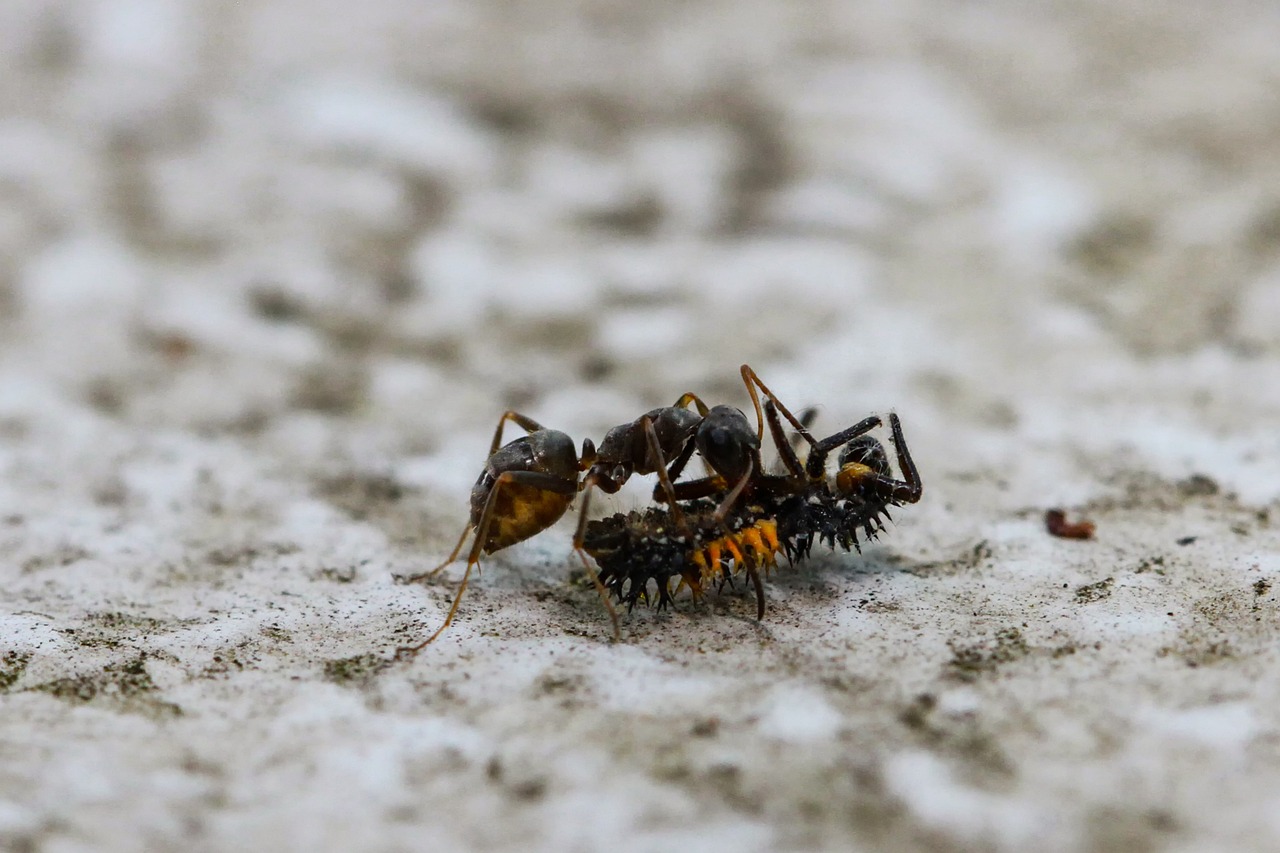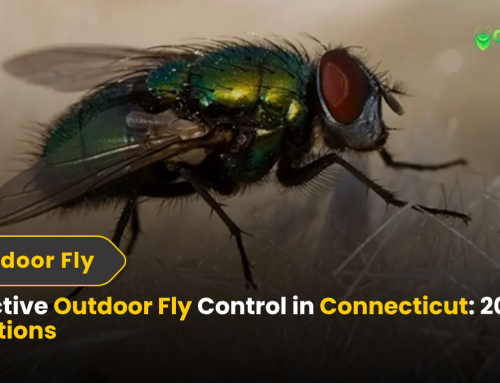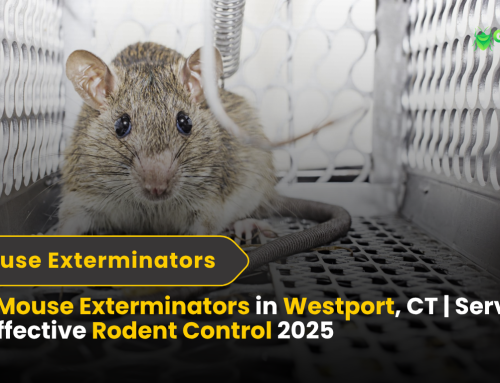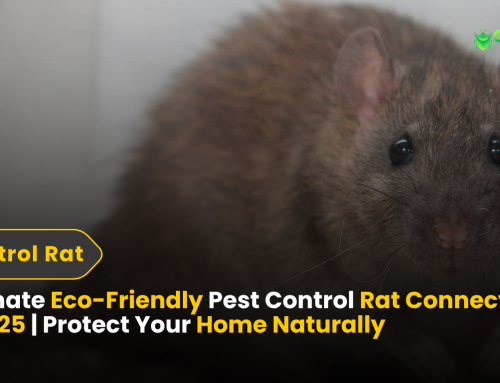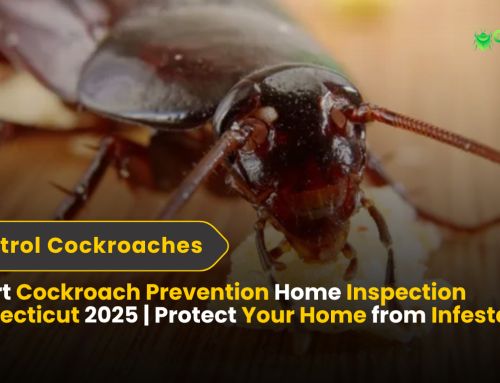How to Get Rid of Carpenter Ants in Your House
Carpenter ants can be a serious problem for homeowners, causing structural damage and becoming difficult to remove once they establish a colony. Unlike termites, they do not consume wood but instead burrow through it to create tunnels and nests. Over time, this weakens the integrity of wooden structures, potentially leading to costly repairs.
These pests are particularly attracted to moist or decaying wood, making homes with leaks or water damage especially vulnerable. Common signs of a carpenter ant infestation include sawdust-like debris (frass), rustling noises inside walls, and the presence of large black or reddish ants, especially winged swarmers.
If left untreated, carpenter ants can expand their colonies, making elimination more challenging. Getting rid of them requires a strategic approach, including identifying and eliminating the nest, using bait stations, applying insecticidal treatments, and sealing entry points to prevent reinfestation.
While DIY treatments can be effective for minor infestations, professional extermination may be necessary for severe cases. Preventative measures such as fixing leaks, trimming vegetation near the house, and keeping wood dry can help keep these pests at bay.
This guide will provide expert knowledge on identifying, eliminating, and preventing carpenter ant infestations, debunking common myths, and answering frequently asked questions to help you protect your home from these destructive insects.
Understanding The Carpenter Ants In The House
What Are Carpenter Ants And How They Effect?
Carpenter ants (Camponotus genus) are large ants, usually black or reddish-brown, known for burrowing into wood to create nests. Unlike termites, they do not eat wood but excavate it to build their colonies, which can weaken wooden structures over time. These ants thrive in moist or decaying wood, making homes with leaks, water damage, or high humidity especially vulnerable.
Common nesting sites include wall voids, attics, wooden beams, and rotting tree stumps. They can also establish satellite colonies, spreading their infestation beyond the initial nest. Signs of a carpenter ant problem include sawdust-like debris (frass), rustling sounds inside walls, and sightings of large worker ants or winged swarmers.
If left untreated, carpenter ants can cause significant structural damage. Early detection and proper extermination methods are essential to prevent costly repairs and reinfestation.
Signs of a Carpenter Ant Infestation
- Sawdust-like debris (frass): Unlike termites, carpenter ants don’t consume wood; instead, they remove it and leave behind small piles of sawdust.
- Rustling noises inside walls: If you hear faint rustling sounds in wooden structures, it could be carpenter ants tunneling.
- Winged ants (swarmers): The presence of winged ants indoors, especially in spring or summer, indicates an established colony nearby.
- Weakened wood: Hollow or crumbling wood structures suggest significant ant activity.
Effects of Carpenter Ants on Your Home
Carpenter ants don’t eat wood like termites, but they tunnel through it to build nests, gradually weakening wooden beams, furniture, and even structural supports. Over time, their burrowing can cause significant damage, especially in homes with moisture issues or untreated wood. If left unchecked, an infestation can expand, leading to costly repairs and potential safety hazards.
These ants often create satellite colonies, spreading the problem to different areas of the home. Early detection and prompt action are crucial to preventing extensive damage. Addressing moisture issues and eliminating nests can help protect your home from long-term structural harm.
How to Get Rid of Carpenter Ants In The House
1: Locate the Nest
To eliminate carpenter ants, you must find and destroy their colony. Here’s how:
- Follow foraging ants at night (they are nocturnal) to track their movement back to the nest.
- Look for sawdust-like material near wooden structures.
- Listen for faint rustling sounds in walls or beams.
2: Eliminate the Colony
Once the nest is located, you can choose from these methods:
3 Baiting Method (Highly Effective)
Using bait is the best long-term solution. Carpenter ants carry bait back to their colony, eventually killing the entire nest.
- Use protein-based or sugar-based baits (depending on what they are foraging for).
- Place bait stations along their trails and near the nest entrance.
- Be patient—baiting can take several weeks to completely eradicate the colony.
4. Direct Nest Treatment (Quick but May Not Eliminate All Ants)
- Apply insecticidal dust or foam directly into the nest.
- Use boric acid or diatomaceous earth in crevices where they travel.
- Spray residual insecticide around the affected areas to deter reinfestation.
5. Natural Remedies (Less Effective but Worth Trying)
- Vinegar Solution: Mix equal parts vinegar and water, and spray it near ant trails.
- Essential Oils: Peppermint and tea tree oil can repel ants when sprayed near nests.
- Borax and Sugar Trap: Mix sugar and borax, then place it where ants forage. They carry it back to the nest, killing them over time.
6: Prevent Future Infestations
- Fix moisture issues: Repair leaks and remove damp wood, as carpenter ants prefer humid conditions.
- Seal entry points: Use caulk to seal cracks, gaps, and openings in walls and foundations.
- Trim vegetation: Keep tree branches and bushes from touching your home to prevent easy access.
- Store food properly: Keep food sealed and clean up crumbs to avoid attracting ants.
Common Myths About Carpenter Ants
❌ Myth #1: Carpenter Ants Eat Wood
Carpenter ants do not eat wood—they excavate it to build nests.
❌ Myth #2: Killing Ants on Sight Solves the Problem
If you only kill visible ants, the colony remains intact and will continue growing. The nest must be eliminated.
❌ Myth #3: Carpenter Ants Only Infest Rotten Wood
While they prefer decaying wood, carpenter ants can nest in dry, sound wood if needed.
❌ Myth #4: All Large Black Ants Are Carpenter Ants
Not all large black ants are carpenter ants. Some other ant species resemble them but do not cause structural damage.
Frequently Asked Questions (FAQs)
Q1: How long does it take to get rid of carpenter ants?
Baiting can take several weeks to months for complete eradication, while direct treatments work faster but may not eliminate the entire colony.
Q2: Should I hire a professional exterminator?
If the infestation is severe or inside walls, hiring a pest control expert is recommended. Professionals have access to specialized treatments that ensure complete elimination.
Q3: Can carpenter ants return after treatment?
Yes, if the root cause (moisture or access points) is not addressed, new colonies may form. Preventative measures are crucial.
Q4: What time of year are carpenter ants most active?
They are most active in spring and summer, especially when reproductive swarmers emerge.
Conclusion
Carpenter ants are more than just a household nuisance—they can cause serious structural damage if left unchecked. Unlike termites, they don’t eat wood but tunnel through it to create nests, weakening wooden beams, furniture, and even the foundation of your home. Over time, this can lead to costly repairs and safety risks.
Early detection is crucial. Look for signs such as sawdust-like debris (frass), rustling sounds in walls, and sightings of large black or reddish ants. Once identified, take immediate action by locating the nest and using effective treatments like baiting, insecticidal sprays, or dust applications. While DIY methods can work for small infestations, severe cases may require professional extermination to ensure complete eradication.
Long-term prevention is key to avoiding reinfestation. Fix moisture issues, seal entry points, and maintain a clean environment to make your home less attractive to these pests. Regular inspections can also help catch potential problems before they escalate.
If you’re struggling to eliminate carpenter ants, hiring a pest control expert can provide a long-lasting solution. With persistence, the right approach, and preventative measures, you can keep your home carpenter-ant-free and protect it from future infestations.

